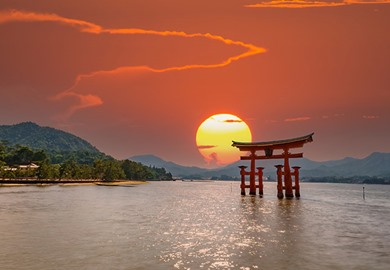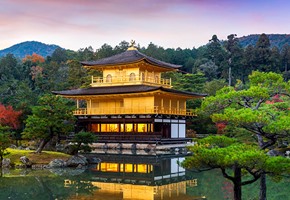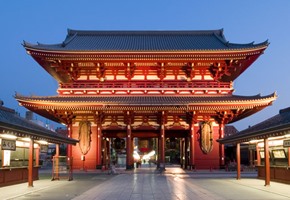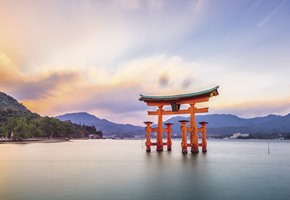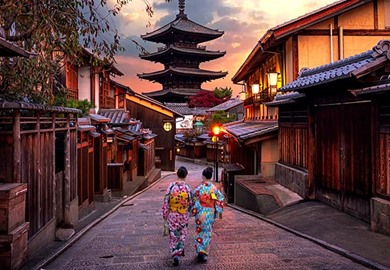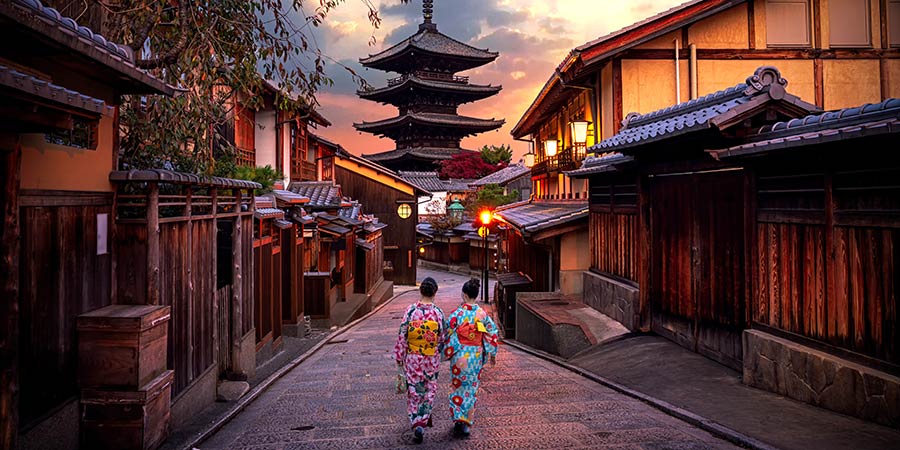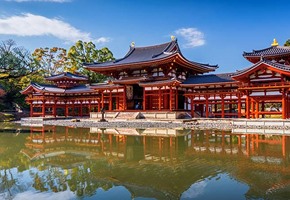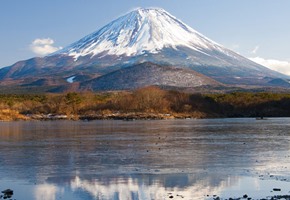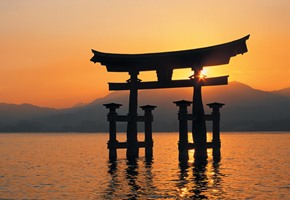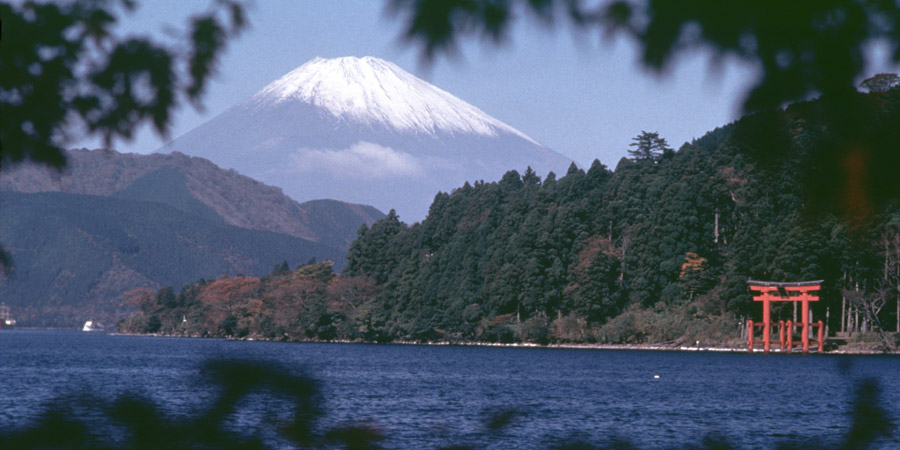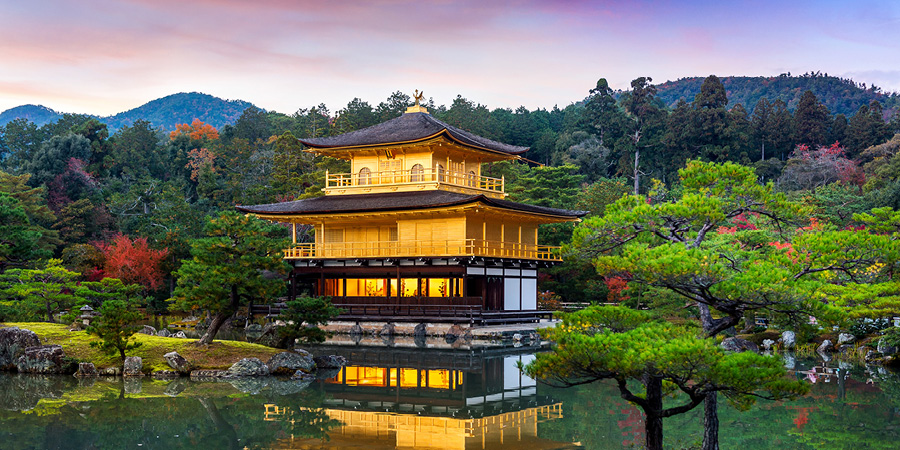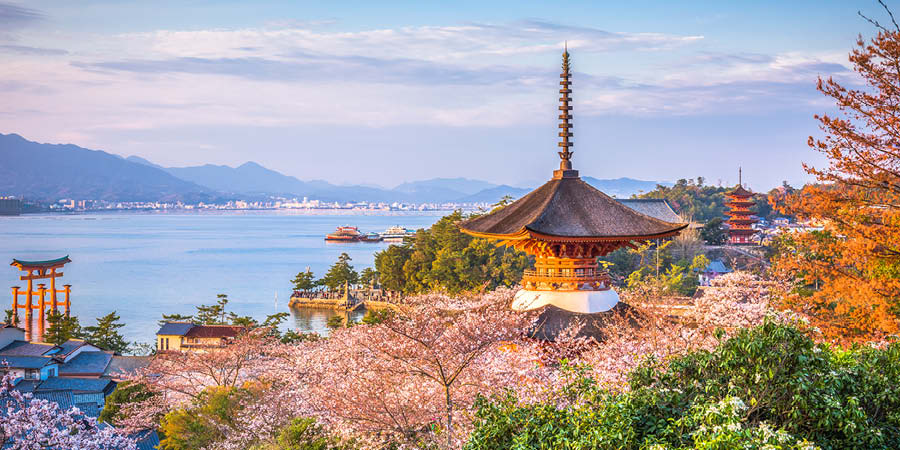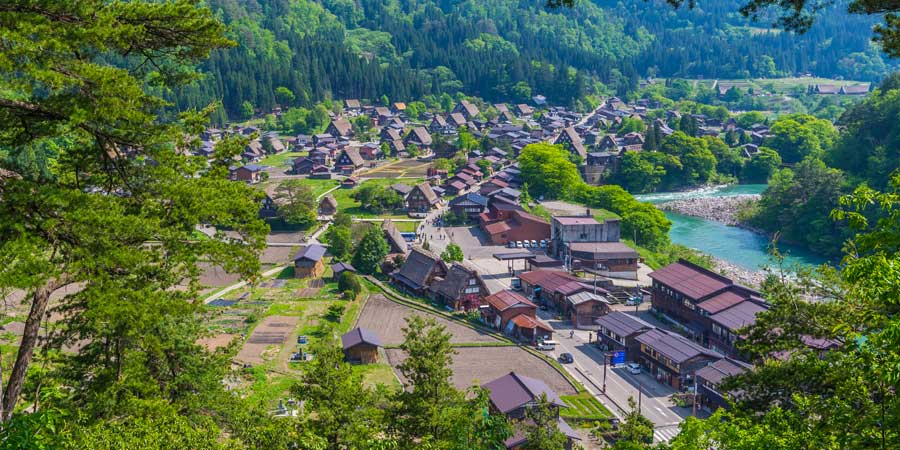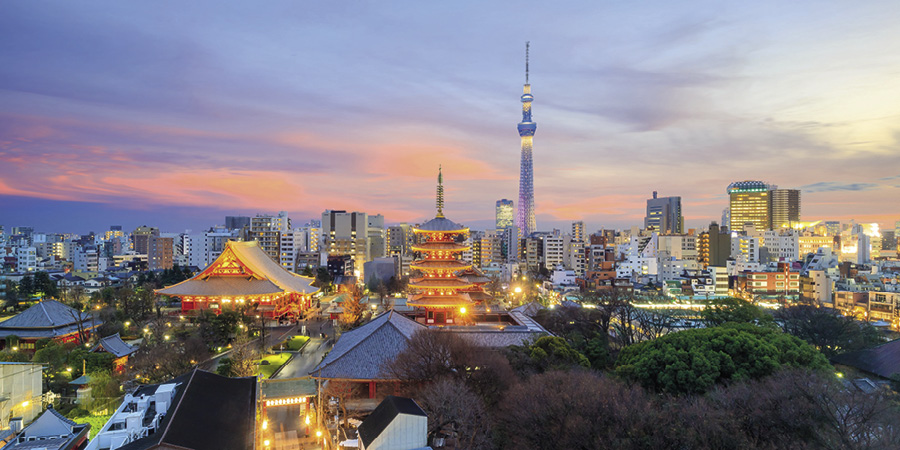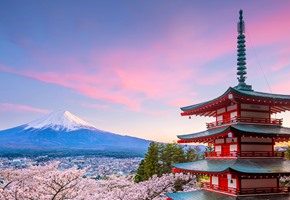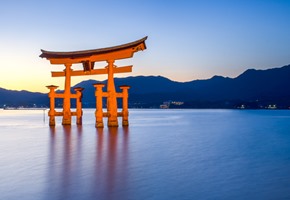Explore Hiroshima
Hiroshima is a city in Japan that has risen from the ashes of
tragedy to become a beacon of peace and reconciliation. With us,
you'll experience the essence of the city, where the past
intertwines with the present in a symbol of resilience and
hope.
In the iconic Peace Memorial Park, you'll discover a poignant
tribute to the victims of the atomic bombing of 1945. Here, you can
stand in awe before the striking Atomic Bomb Dome, a haunting
reminder of the city's darkest hour, now a UNESCO World Heritage
Site.
But Hiroshima is more than its past. While here, you can also
delight in the city's vibrant culture, from its vibrant streets to
its serene gardens. Savour the delicate flavours of Hiroshima-style
okonomiyaki, a culinary delight beloved by locals and visitors
alike.
Our expertly curated Japan holidays ensure that your time in Hiroshima
is not just a journey through history, but a celebration of
resilience, renewal, and the enduring human spirit.




